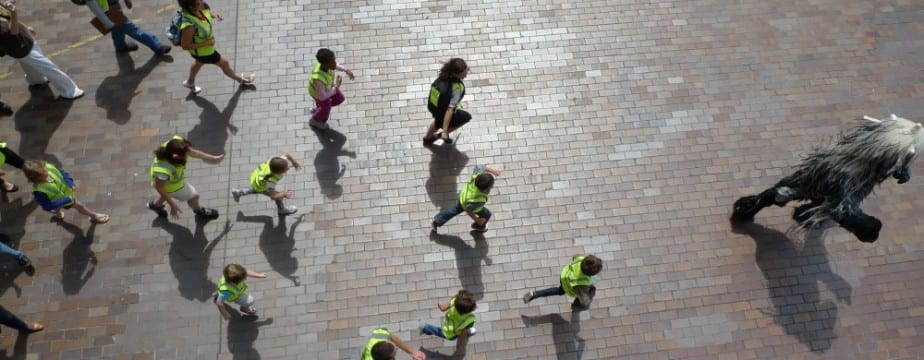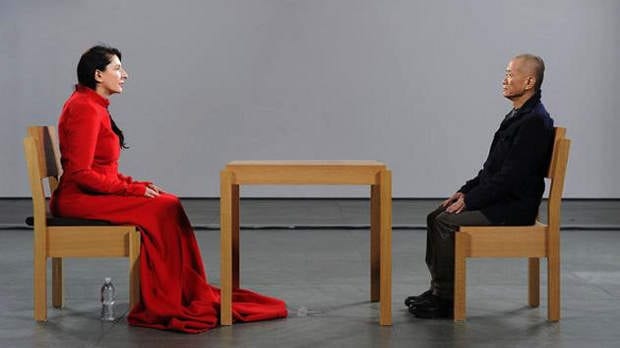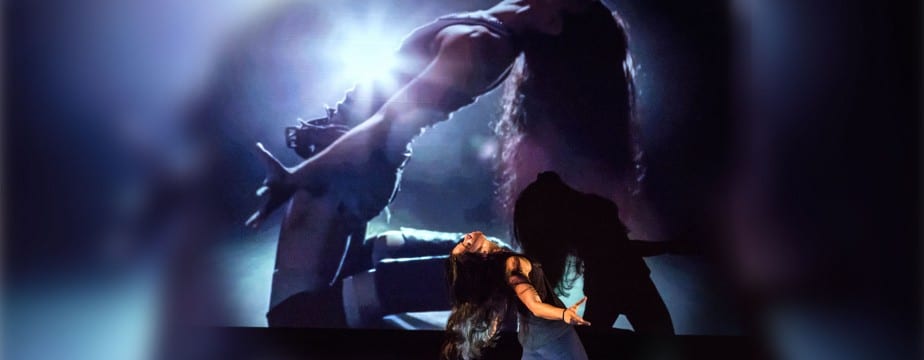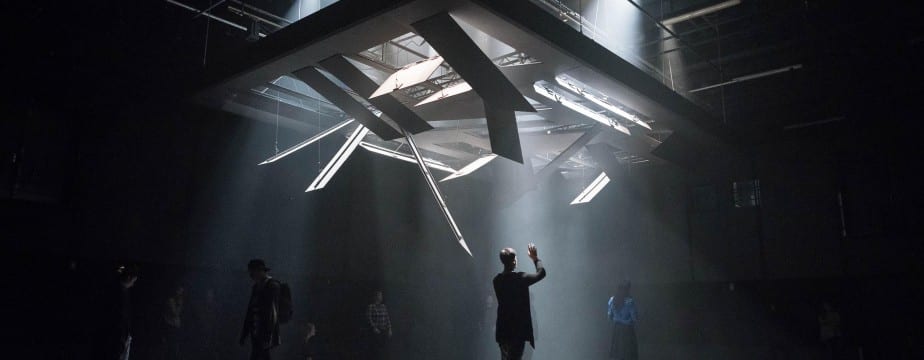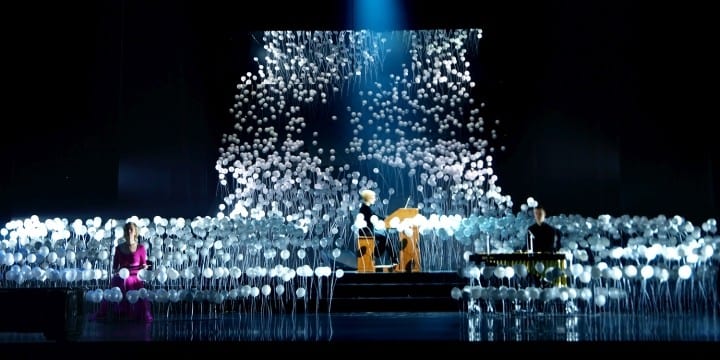Dear reader,
For the past few weeks I have been studying many authors, artists and critics who have been occupied with the problem of “documentation”. By “documentation” we mean all the archives that have been collected for a dance performance piece.
Apparently it is not that simple… There are so many problems that rise from this single word “documentation”:
Can you write a dance performance piece in a paper sheet? Can you film it and take a photo of it? It is not a performance then, it becomes something else, right? And what does it become? So, how should we keep the documentation? Should we have it interpreted in this way or in that way? Can we touch it? Will it change the final work? Will there be any difference with the authentic piece? Is this difference “history” or is it a problem of time (past and present)? If documentation is not the suitable device to transfer a description of the piece in the future, then what is? Are the bodies archives or archivists?
A phrase of Jessica Santone[1] has remained in my mind saying “The past is not incomplete, history is”. I agree to that in the extent that the past is time and time is always complete after being passed (< past). History, however, is being written and picked out and beautified in the words of the historians or the people that tell the stories. History is not always complete. For this reason, documentation cannot be considered complete.
André Lepecki disagrees with Santone’s view and argues that “the will to archive is a capacity to identify in a past work still non-exhausted creative fields of “impalpable possibilities”, and by that he means that “the fields that “concern the possible” are always present in any past work and are that which re-enactments activate”. And then he continues talking about the “activation” using the compossibles (the totality of monads that convey the same world) and incompossibles (monads of which each express a world different from the other) of Deleuze’s theory.
And what I wonder is: what’s the fuzz? Why is all this analysis necessary for the archiving of dance?
Isn’t a simple thing like: people produce, other people write about them, the composer writes about them, the audience of this specific era gets the message and the archives are kept for the future? Something will be lost in the process, but isn’t this a good thing? People’s perception and knowledge is different in different decades. Bodies are different. Technology is different. The message meant to be transmitted was sent in a way that the artists wanted to send it. If someone re-enacts/re-performs/re-makes the same work, he/she will do it for money and fame. Have you noticed that most of re-enactments are mostly solo performances? So, the work can never be the same again anyway. As history can be repeated but not in the same way, but with the same consequences.
Again, I am wondering: what’s the fuzz?
Write as much documentation as you can, keep videos, keep archives, keep every or any detail. Let’s do that. Let’s keep a history of dance intact in the only way we now know. And let’s not talk about the semantics and their “inappropriate” position in the (dance) world. Let’s read them, study them or perform them. Many dance pieces have already been lost because of bureaucracy. And it would be a shame for dance history to be lost because of the academics or critics who take so extensively part in this debate.
For my conclusion, I want to add two quotes that André Lepecki used in his book chapter “The body as archive: will to re-enact and the afterlives of dances”[2]. He mentions that “re-enactments transform all authored objects into fugitives in their own home”. It is something worth thinking about, when talking about this huge problem of documentation. And we also must never forget his final phrase: “In re-enacting we turn back, and in this return we find in past dances a will to keep inventing”.
[1] Santone, J. (2008) Marina Abramović’s Seven Easy Pieces: Critical Documentation Strategies for Preserving Art’s History. Leonardo. Vol. 41, No. 2, pp. 147–152
[2] Lepecki, A. (2010) The Body as Archive: Will to Re-Enact and the Afterlives of Dances, Dance Research Journal, 42(2) 28-48
